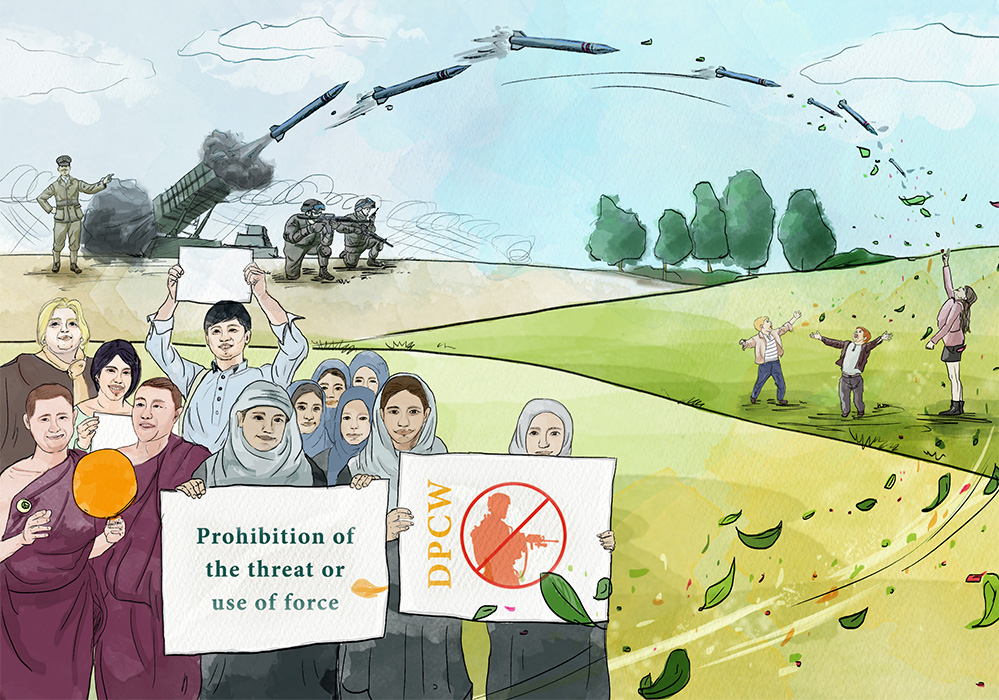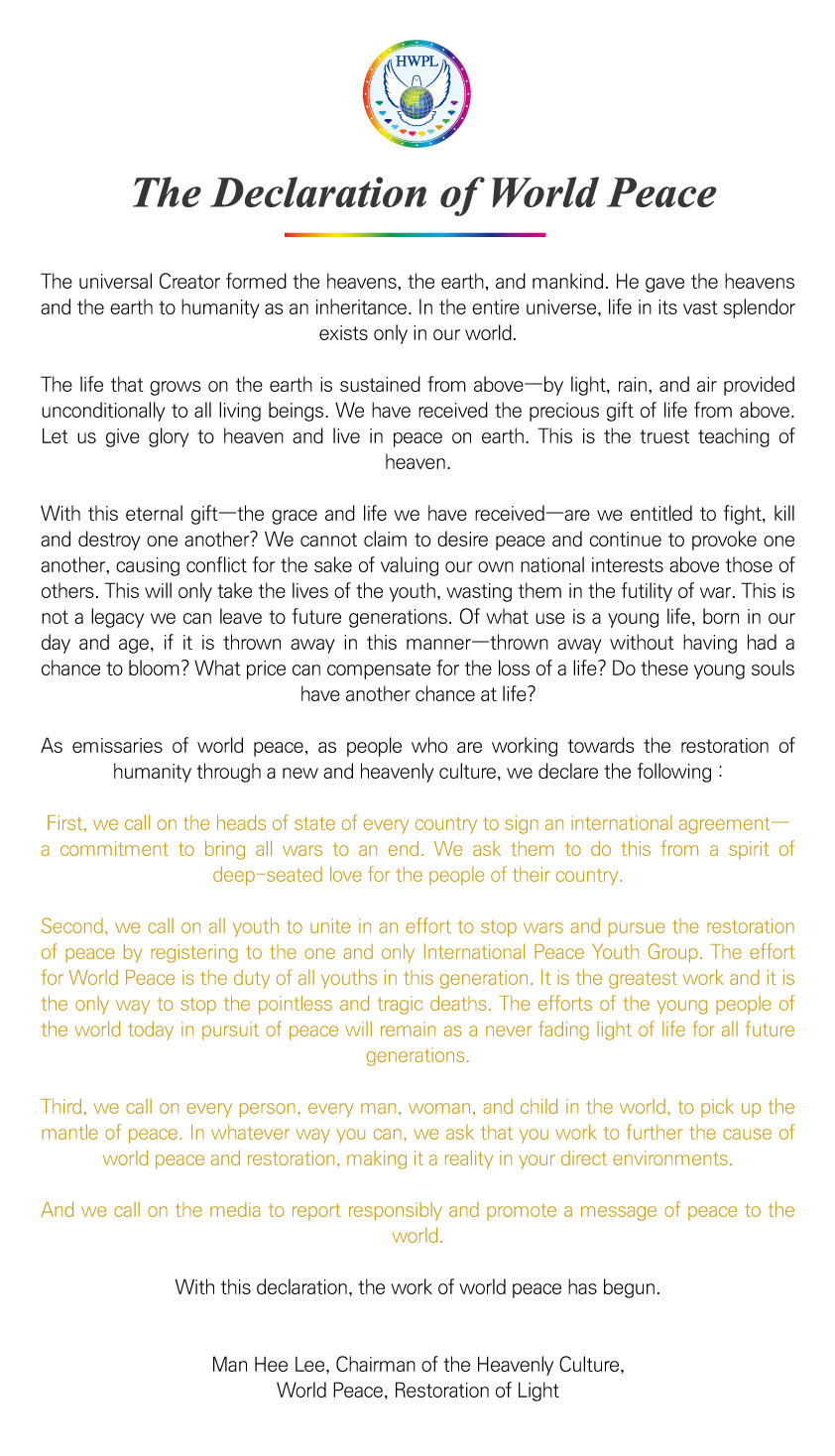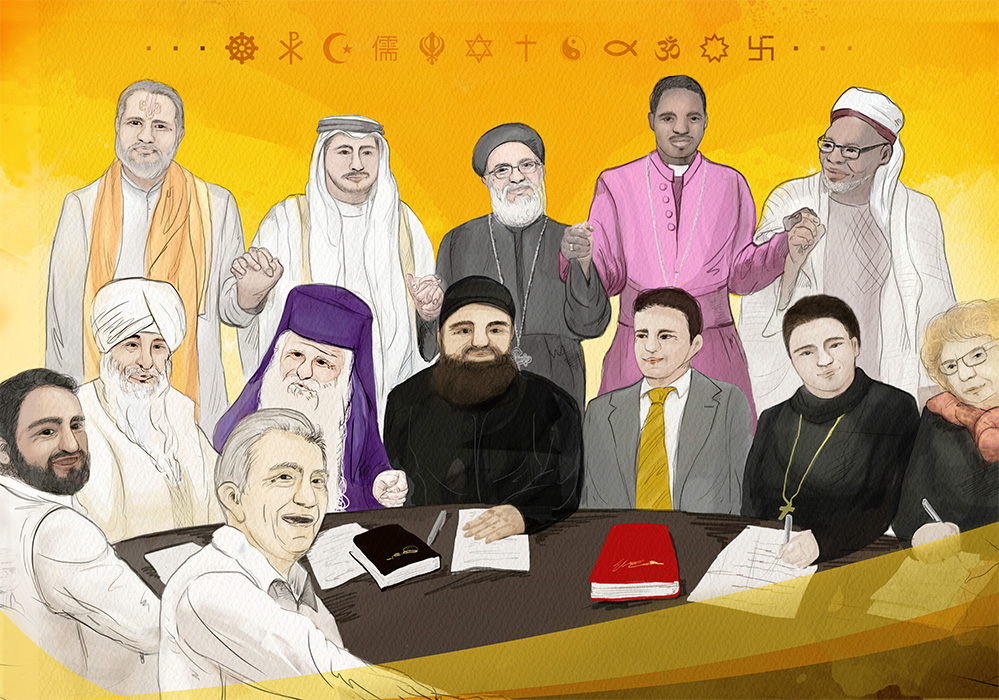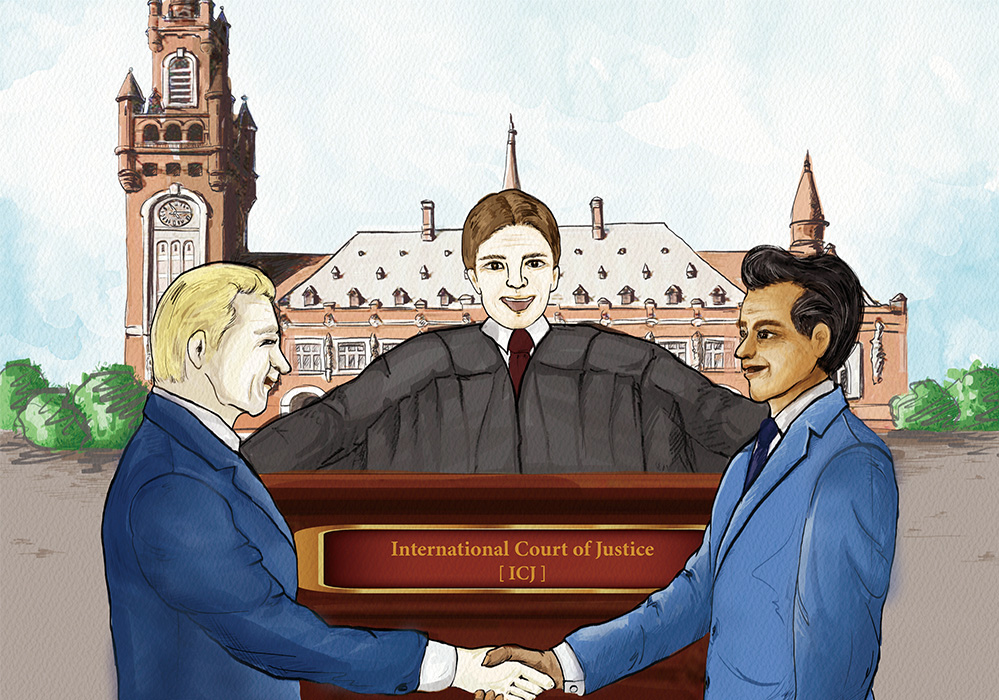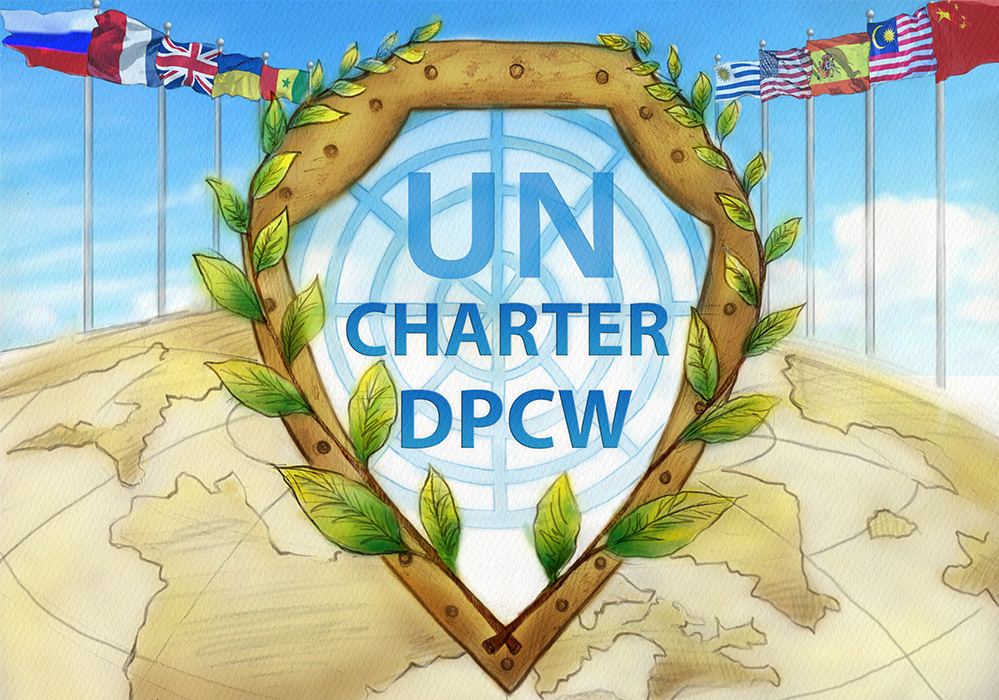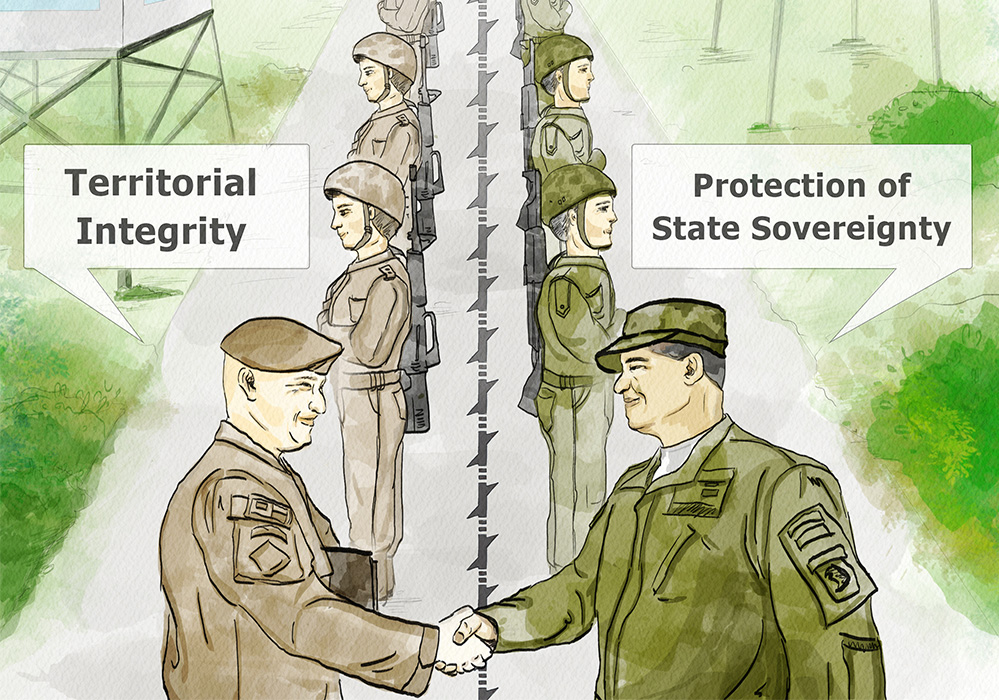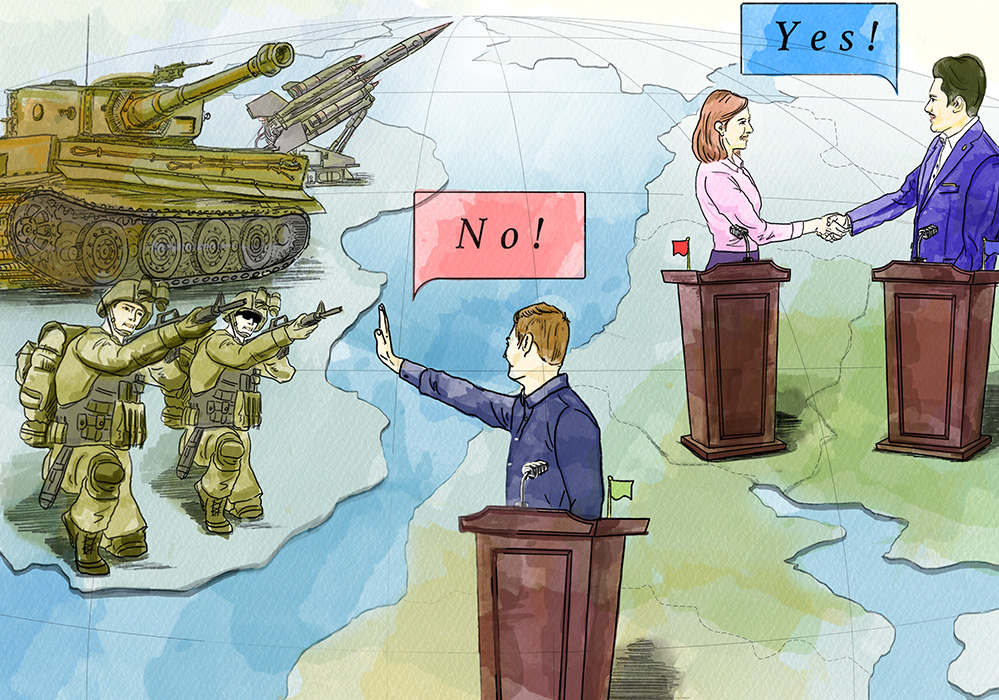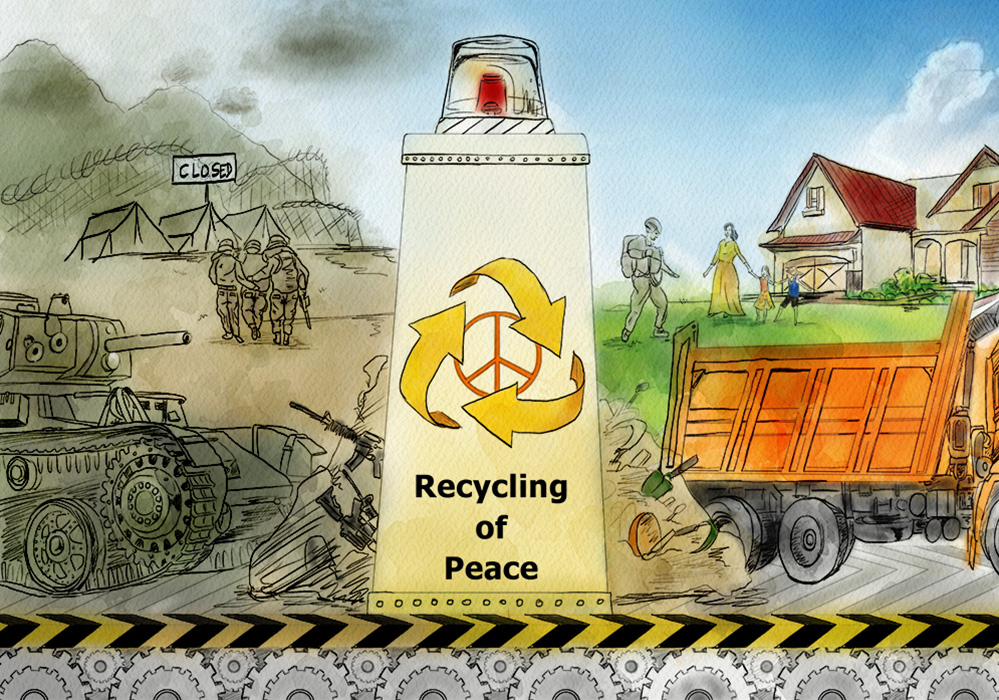Peace Journalism Studies
Peace Journalism Studies embarks on a cruise around the world with international journalists who demonstrate their expertise and perspective on peace to overcome the contemporary threats from violence and conflict. In order to develop initiatives and endorse constructive implementation, understanding the structural issues stemming from cultural and historical setting, backgrounds and causes is the starting point to find solutions tailored to each community or society for sustainable peace. This first volume offers some of the ideas with the eyes of journalists in different parts of the world.
Rev Dr. Kitiona Tausi analyzes issues of climate change discussed in the country of Tuvalu where the life style of every society including trade and economy to a large degree depend on the contemporary system of production, distribution, supply chain and consumption of fossil fuels as major energy source. This sheds light on our attention to our daily routine and issues deeply connected with “how the world should work”.
Ms. Frieda Sila Kana dedicates her focus on sorcery superstition involving violence against unspecified persons targeting women and children (and sometimes men) committed in Papua New Guinea and reconciliation efforts that brought about peaceful approaches to the social conflict. Her storytelling gives tremendous insight on civilian-led peacebuilding efforts for the foundation of a just, fair and peaceful society.
Mr. Mohammed Abdelshakoor (Shakoor Nyaketo), Founder of Journalingual Press, describes peacebuilding efforts from the 50 years of long-term conflict led by the country combined with the international society. His analysis in the real world of conflict emphasizes a practical, strategic development of peace initiatives with the combination of national institutional mechanism and international support.
Mr. Supalak Ganjanakhundee introduces the intra-state conflict in Thailand whose southern provinces bordering Malaysia with Muslim communities have suffered from violence for decades. With this case study, he suggests that the peacebuilding approach with national and international actors with both government and non-governmental organizations can be more effective for long-term peace, as seen in the case of Mindanao, the Philippines.
Experiencing the war between Ukraine and Russia at a close distance, Mr. Ihor Shevyrov highlights the foundation of global peace as a common goal based on the UN-led initiatives in international relations, which can be supported by additional instruments including the Declaration of Peace and Cessation of War (DPCW) drafted and proposed by HWPL to allow development of society through a culture of peace.
Along with the contributions from journalists, this volume also includes special space with a speech delivered by Mr. Man Hee Lee, Chairman of HWPL. In the words, important ideas on the cause of international cooperation for peace under his expression “We Are One” will provide rich motivation for our dedication in our times for our future generations.
I hope this publication leads to making all our efforts in an innovative way to creating a good place to live. We are one under peace.




